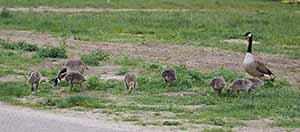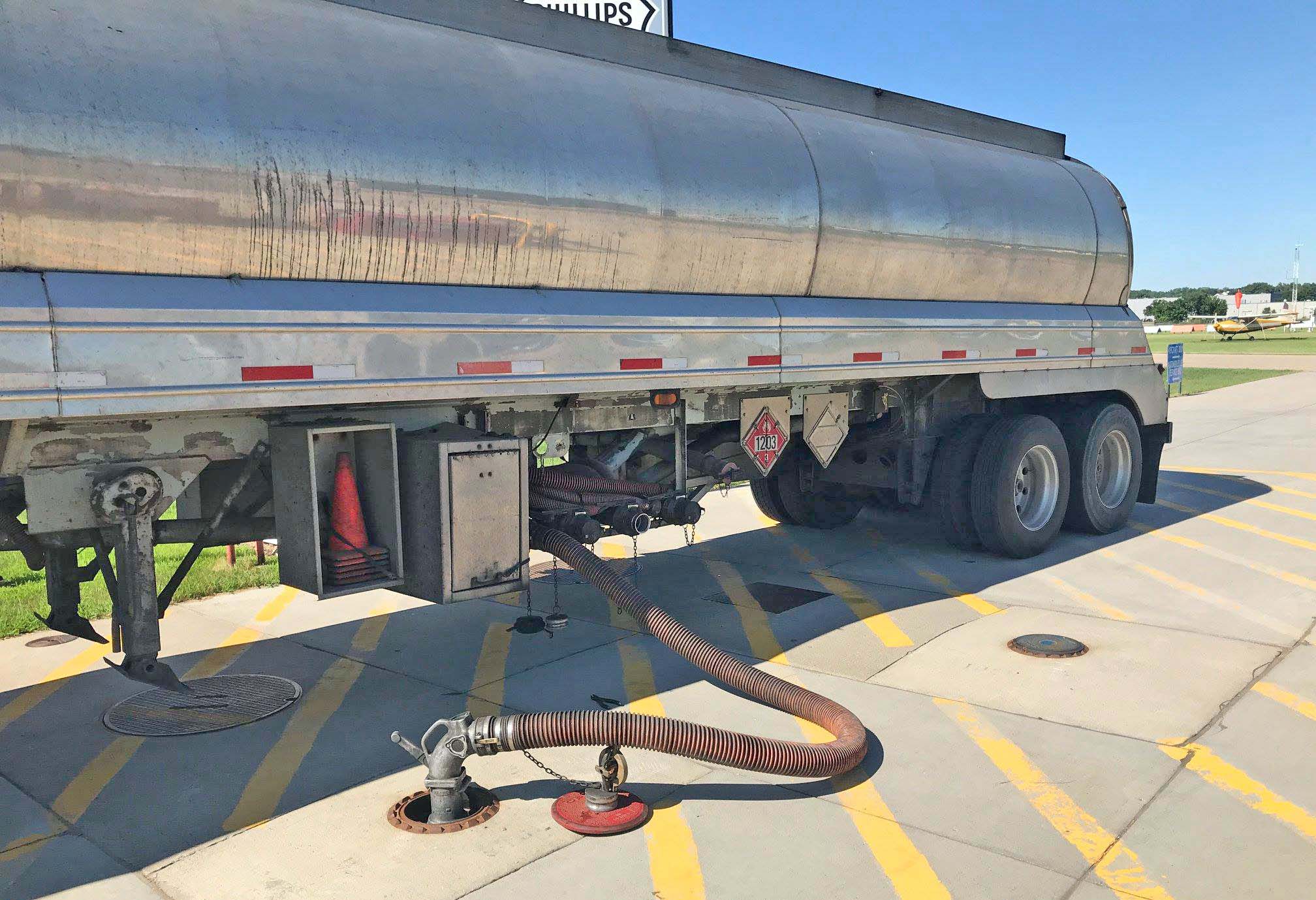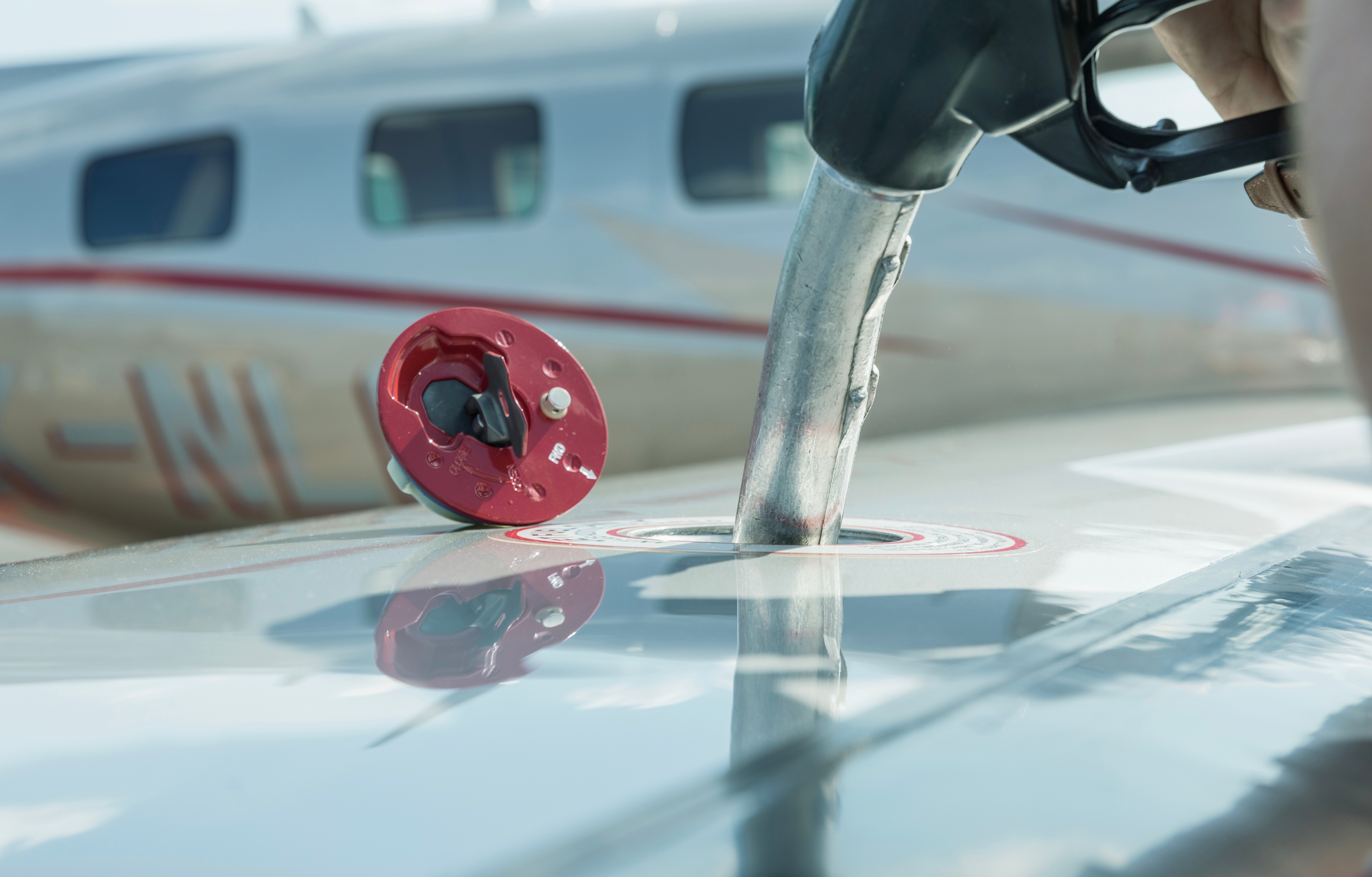
It’s the height of summer at Minnesota’s airports—a time to roll out the welcome mat to your community of users while attempting to bar entry to unwelcome visitors.
A well-groomed airport doesn’t just look good and provide a beautiful “front yard” to many of your city’s visitors: it’s critical to the safety of flight operations. A welcoming airport that encourages use by pilots and the community should be a primary goal—as should creating an airport environment that is not welcoming to wildlife or invasive plants.
Airfield vegetation is an important maintenance issue in several ways. First, vegetation can damage pavement and perimeter fencing if left uncontrolled. Second, uncontrolled vegetation can provide refuge for birds and mammals, both of which pose risks to aircraft. Finally, unchecked trees can protrude into approach and departure surfaces, violating minimum standards and creating safety hazards.
Discouraging wildlife

The FAA recommends that turf be maintained at a height of 6 to 12 inches to provide an environment that does not attract wildlife but does provide adequate drainage adjacent to pavement edges. The publication ACRP 52: Habitat Management to Deter Wildlife at Airports provides resources for managing wildlife at airports through best practices for mowing, landscaping, and wetland management.
In addition, FAA AC 150/5200-38: Protocol for the Conduct and Review of Wildlife Hazard Site Visits Wildlife Hazard Assessment, and Wildlife Hazard Management Plans provides information about how airports can mitigate wildlife impacts and create a plan for reducing habitat. Note that a wildlife management plan is required for all Part 139 airports and that AirTAP provides the required training for those airports each year. General aviation airport staff are welcome and encouraged to attend.
Keeping vegetation in check
FAA Engineering Brief 91 on Management of Vegetation in the Airport Environment provides direction and guidance on managing trees and maintaining land-use compatibility around airports and on protecting surfaces associated with instrument and visual operations of the airport. It recommends protecting terminal airspace by clearing bushes and trees that penetrate or have the potential to penetrate any applicable navigable surfaces. The MnDOT Office of Aeronautics identifies obstructions in runway approaches every three years. Once your airport has obtained that list of obstructions, develop an annual maintenance plan that includes monitoring tree height and encroachment.
Herbicides may be needed to control vegetation at airport fence lines; abundant vegetation can provide refuge for wildlife and damage the fence itself. Herbicides are also effective at controlling vegetation in both asphalt and concrete pavement cracks that can damage the pavement and underlying base.
The type of turf plays a role in maintenance as well. Seed mixtures have evolved significantly in the last decade to include those that require less mowing and reach a maximum height optimal for airport turf areas. Airfield seed blends, available from local suppliers, can be used in all turfed areas and are designed to minimize maintenance. Note that planting shorter seed varieties helps in another way: mowing less reduces the number of insects stirred up that might otherwise attract more wildlife to the area.
To successfully establish turf, prepare the soil adequately prior to seeding. This may include lime application or soil analysis for optimal fertilizer use. A good commercial fertilizer will help grass grow, decrease weed growth, and form a dense grass mat. Place seed only after the soil is well-worked and scarified, and consult a seed supplier for the appropriate seed mixture and application rate. Also consult experts about the proper depth to plant seeds and any special equipment needed (such as a grass drill, grain drill with grass seed attachment, or a wheelbarrow-type broadcast seeder).
Noxious weed control is also important—and required—in Minnesota. Sixteen noxious weeds are on the list of those that must be contained by law. Weeds are classified as either annuals, with roots living just one year, or biennials or perennial, with roots living two or more years. Noxious weeds are usually creeping perennials that spread from roots or seed and are extremely difficult to kill.
Since some weeds produce seeds that attract insects, which in turn attract birds, it’s important to keep all turf areas free of weeds. Maintaining a turf area between 6 and 12 inches high will discourage large and small flocking birds from gathering. Most annual, and a few perennial, weeds (such as thistle) can be killed by mowing just as the blossoms begin to open.
As noted previously, damage to pavement edges, as well as the pavement itself, most commonly occurs when uncontrolled vegetation grows onto and into the soil/pavement intersection. Maintaining a narrow band of exposed soil, free of vegetation outside the pavement edge, will remove the opportunity for plant growth in pavement edges. Treating the soil prior to paving does not prevent vegetation from entering the pavement edge from outside the pavement.
Weeds should not be allowed to obstruct the view of any runway or taxiway edge lighting systems. Additionally, weeds and grass along the pavement edges should be cut at regular intervals to allow for proper drainage. The runway shoulder areas are maintained by mowing, and weeds in this area should be treated to protect the pavement edges and maintain clear views of runway lighting. This will also maintain the appropriate edge drop and maintain runway pavement drainage.
All grass and weeds surrounding navigational aids and lighting fixtures should be maintained to prevent overgrowth that would obstruct views of these lights.
Creating a mowing policy
A mowing policy will enable better use of maintenance staff time and help with prioritizing areas to be mowed while identifying those that can remain unmowed. Mowing at the wrong time can harm wildlife, and mowing when soil is saturated can damage soil structure and function. Once you’ve created a mowing plan, communicate details to airport tenants and users. Ensure your mowing policy addresses safe operating practices, staff training on airport safety and radio communications, FAA safety requirements, noxious weed control, and expected or required cost reductions.
In addition, clearly identify and communicate to maintenance staff:
- Mowing objectives
- The impacts if mowing is reduced
- Areas that could be left unmowed with little negative effect
- Ways to blend areas that are left unmowed with areas that are mowed
- Treatment of those areas left unmowed
- Mower operator training needs
- The person(s) who will determine the areas to mow and not mow
- The best time to mow certain vegetation types based on growth, time of year, or height
- Alternative vegetation that could be planted that does not have to be mowed
- Nesting times for local wildlife
- Location of saturated soils
Getting input from all mowing staff will result in a policy that addresses safety, identifies communication procedures, and establishes criteria for which areas are to be mowed and to what extent. Agreement on these issues and inclusion in a written plan will result in all staff working toward the same goal.


